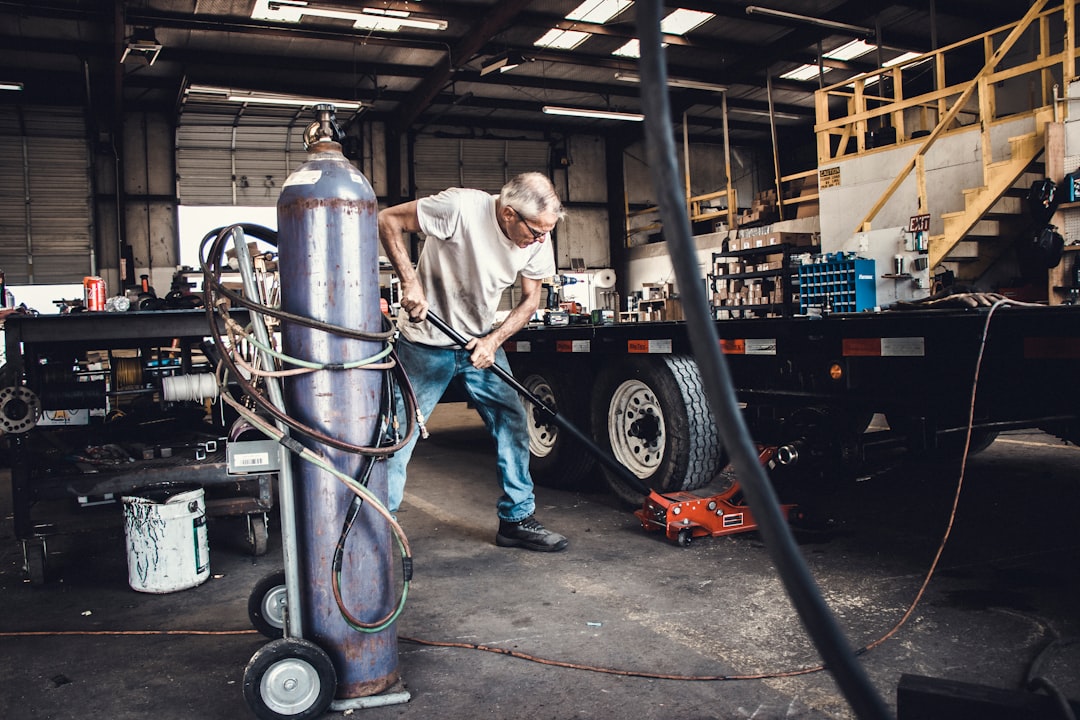Continuous improvement is a crucial aspect of any manufacturing process, as it allows companies to stay competitive, reduce waste, and increase efficiency. By constantly looking for ways to improve processes, products, and systems, manufacturers can ensure they are always operating at peak performance. Here are some tips for implementing continuous improvement in manufacturing:
1. Create a culture of continuous improvement: The first step in implementing continuous improvement in manufacturing is to create a culture that values and encourages it. This means involving all employees in the process, from the production line workers to the upper management. Encourage open communication and feedback, and make sure everyone understands the importance of constantly striving to improve.
2. Set clear goals: Before you can start improving, you need to know what you want to achieve. Set clear and specific goals for your continuous improvement efforts, whether it’s reducing waste, increasing productivity, or improving product quality. Make sure these goals are measurable so you can track your progress and make adjustments as needed.
3. Use data to identify areas for improvement: Data is a powerful tool for identifying areas that could benefit from improvement. Use metrics such as production efficiency, defect rates, and cycle times to pinpoint areas that are not performing as well as they could be. Analyze this data to find patterns and trends, and use it to guide your continuous improvement efforts.
4. Implement Kaizen events: Kaizen, which means “continuous improvement” in Japanese, is a methodology that focuses on making small, incremental changes to improve processes and systems. Implementing Kaizen events, where teams come together to brainstorm and implement improvements, can be a highly effective way to drive continuous improvement in manufacturing.
5. Encourage collaboration and teamwork: Continuous improvement is not something that can be achieved by one person alone. Encourage collaboration and teamwork across different departments and levels of your organization. By involving employees from all areas of the company, you can tap into a wide range of perspectives and expertise to drive meaningful improvements.
6. Provide training and resources: Continuous improvement requires a certain mindset and skill set. Make sure your employees have the training and resources they need to effectively identify and implement improvements. Invest in training programs, workshops, and tools that can help your team develop the skills they need to drive continuous improvement.
7. Regularly review and adjust your processes: Continuous improvement is an ongoing process, so it’s important to regularly review and adjust your processes to ensure they are as efficient and effective as possible. Set aside time for regular check-ins and evaluations to assess your progress and make any necessary changes. By staying vigilant and proactive, you can ensure that your manufacturing processes are always evolving and improving.
Implementing continuous improvement in manufacturing can be a challenging but highly rewarding process. By following these tips and consistently striving for improvement, you can drive meaningful change and ensure your company stays competitive in today’s fast-paced manufacturing industry.


